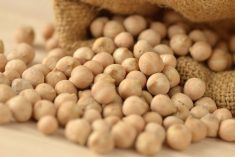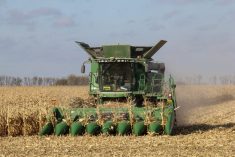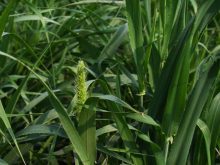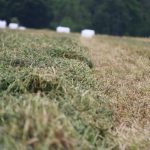Harvest is underway throughout much of agro-Manitoba, but some scattered showers and rain has slowed harvest in many regions.
The southwest received scattered showers with no major accumulations. A good week for crop maturity as harvest began. Some winter cereals and peas were being harvested towards the end of the week. To date yields are average.
South of Highway #1 harvest began in many areas with winter wheat and fall rye being combined or swathed. Some early peas have also been harvested. To date yields have been average. With good weather producers will be applying pre-harvesting gyphosate on spring wheat this week and some canola and barley will be swathed.
Read Also
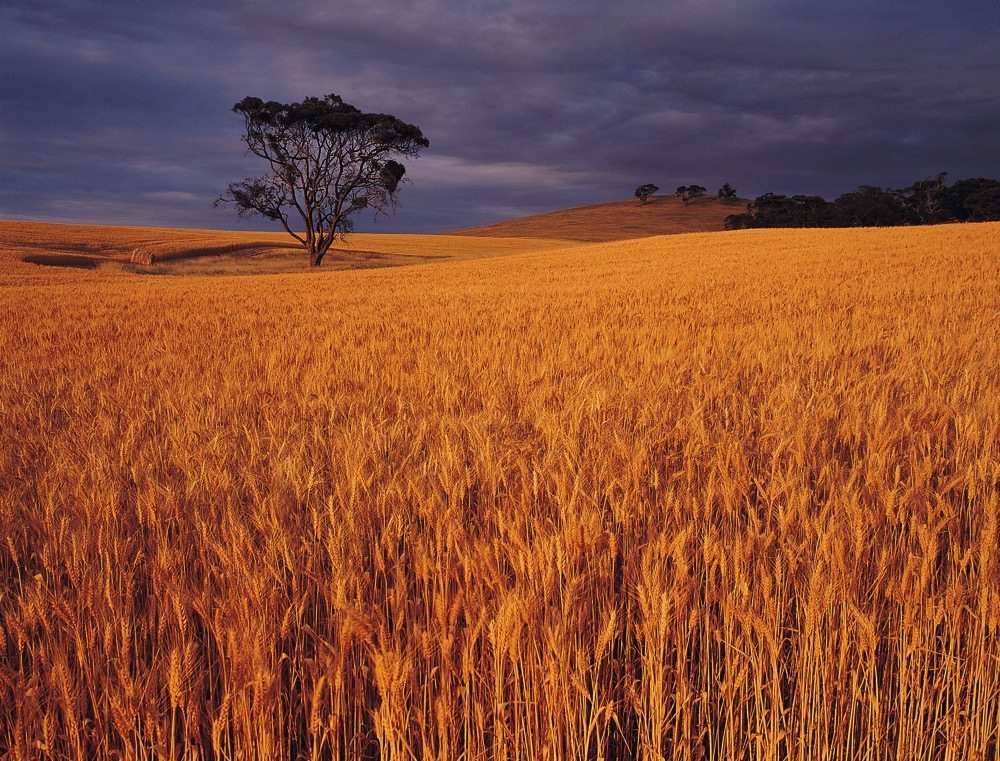
USDA predicts more wheat in Australia, smaller crops elsewhere
Australia will grow more wheat in 2025/26 than earlier expectations, but production will likely be down on the year in Turkey and Kazakhstan, according to several attaché reports released by the United States Department of Agriculture on Nov. 20, as it continues to catch up following the federal government shutdown.
North of Highway #1 some winter wheat has been desiccated and harvest will start this week. In general fusarium can be and is affecting all varieties and wheat midge larvae are present in some areas.
Most of the first cut hay is complete with yields average to below average and quality also below average. Pastures are in good condition.
In the northwest soil moisture is generally adequate with localized areas continuing to experience wet conditions. A stretch of hot and dry weather towards the weekend allowed many hay producers to make significant progress with harvest. The exception is the Waterhen and Westlake areas where producers continue to struggle with wet conditions. The majority of hay put up this season is reported to be weathered and over mature. Hay yields are variable and range from 1.5 – 2.5 T/ac.
Cereals are quickly approaching maturity. Some pre-harvest glyphosate applications have been made to winter wheat and spring wheat and swathing is underway on some canola fields. There have been some reports of fusarium in cereals and sclerotinia has appeared in some canola fields.
Heavy scattered rainfall slowed harvest in the central region, but most farmers were back in the field within a day or two. Rainfall amounts ranged from 18-50 mm; with isolated amounts higher. Continued warmer temperatures combined with moisture have been good for soybeans, edible beans, corn and sunflowers in particular.
Winter wheat and fall rye harvest is well underway and close to complete for many. Yields are good to excellent, ranging from 55-100+ bu/ac, averaging around 75-80 bu/ac. Fusarium levels continue to range from 0.5 – 4%, with some levels higher. Protein levels are somewhat lower, bushel weight is good to excellent. Some barley has harvested, yields reported between 60-100 bu/ac. Swathing continues in oats early harvest reports range from 65 – 100+ bu/ac.
Swathing also continues in spring wheat; a small amount has been harvested, and yields are good at 50-60 bu/ac, with average to slightly lower than average protein. Swathing continues in canola. Some sclerotinia is present. Soybeans and edible beans continue to flower and pod; The earliest of the early variety edible bean fields have finished flowering, and some leaf drop is noticeable. As accumulated corn heat units/growing degree days continue to lag behind average, some producers are concerned about the later maturing crops. Some rust has been reported in later seeded cereals, and sunflowers.
Insect monitoring continues. Some sunflower fields have been sprayed for lygus bug and sunflower beetles; lygus numbers continue to be the greater concern. Soybean aphids continue to be a field by field concern; they are on the increase in some fields, and some spraying has been undertaken. Early fields are past the stage where control is required. Grasshoppers continue to be a concern in places. Many beneficial insects are being reported. Second cut haying continues.
Winter wheat harvesting is delayed due to rain last week in the eastern region. Rainfall amounts ranged from 36 mm in the north to 75 mm in the southern areas of the region. Combining resumed towards the end of the week and yields continue to range from 80 – 95 bu/acre with bushel weights from 63 – 65 lbs. Fusarium levels appear to be below 1%. Most oat fields are still standing but are ripe and ready to be harvested. Swathing of canola began towards the end of the week as warm weather has hastened colour change. In general the cereal and canola harvest will be in full swing this week. Flax began to ripen and soybeans continue pod filling. Recent rains will improve soybeans yields. Soybean aphids continue to be an issue in the north, some spraying has occurred and fields are being monitored. Corn and sunflower continue to make huge strides as warm weather advances maturity.
Hay crop condition is rated as good with the second cut about 70% complete. Second cut pure stand alfalfa yields are around 1.5 T/acre. Pastures are rated as good across the region.
Soil moisture conditions are rated as ideal. The crop in general is rated as good to excellent. Early yield estimates for spring wheat are 50 bu/ac, barley at 65 bu/ac, oats 110 bu/ac, and canola at 45 bu/ac. Continued seasonal conditions remain necessary to preserve yield potential and accelerate crop development, particularly in corn, sunflower and soybean.
In the Interlake, scattered rain showers fell early to the middle of last week with hot and dry conditions prevailing through the weekend. Recent rains with the warmer temperatures will benefit corn and soybeans. The north Interlake is saturated, requiring strong drying for harvest progression. Hardest hit areas are Gypsumville, Fisher Branch, and Riverton south.
Winter wheat harvest began over the weekend in the north, and continues in the south. Recent rains and humidity have caused some sprouting in the south. Field peas were being harvested over the past few days. Swathing of canola, barley, and oats has started on the most advanced fields.
Soybean aphids are present on soybeans throughout the Interlake.
Haying progress has improved with drier weather however there are still areas with standing water making field operations impossible. First cut is still on-going and second cut operations continue where possible. Good quality hay will be is short supply throughout the Interlake.
Pastures are in good condition where moisture hasn’t been excessive but standing water is present in many areas.




